A common mistake that new cyclists make is spending too much on purchasing a bike, with little or no money left for other essential gear. Here is a list of items that you will need before you start your career as a bike commuter. It is highly recommended that you budget enough money for these items before buying your commuter.
- Helmet and protective gear
 A helmet should be first on your list. There are places in the world where a helmet is neither necessary nor required but no one will argue the fact that they work. Even falling off your bike at 2 km/h could cause serious injury without one, and this is true whether you are right in front of your house or in the middle of EDSA. Why risk it when the idea is to make bike commuting safe and sustainable?Less important but very helpful would be a pair of gloves. Some people are put off by gloves because they look too serious but gloves offer better grip on your handlebars when you get sweaty or when it rains, and they do protect your palms when you instinctively thrust your hands out during a crash.
A helmet should be first on your list. There are places in the world where a helmet is neither necessary nor required but no one will argue the fact that they work. Even falling off your bike at 2 km/h could cause serious injury without one, and this is true whether you are right in front of your house or in the middle of EDSA. Why risk it when the idea is to make bike commuting safe and sustainable?Less important but very helpful would be a pair of gloves. Some people are put off by gloves because they look too serious but gloves offer better grip on your handlebars when you get sweaty or when it rains, and they do protect your palms when you instinctively thrust your hands out during a crash. - Roadside repair kit
 You never really think about a minipump until you get a puncture out on the road, at which point it can make the difference between being able to get back on your bike or hailing a taxi or tricycle to ride home in shame.
You never really think about a minipump until you get a puncture out on the road, at which point it can make the difference between being able to get back on your bike or hailing a taxi or tricycle to ride home in shame.
Your roadside repair kit should at least include a pump, tire levers, a spare inner tube or two, a patch kit, and a multitool. Some people carry a CO2 canister for easier inflation but you should still carry a minipump. If your commutes are long and out of the way you should also consider bringing a missing link to fix a broken chain. - Maintenance items
 Sustainable bike commuting also means doing basic maintenance at home. At the very least this means washing your bike so a degreaser for removing the greasy gunk from your drivetrain, and a bottle of chain lubricant to re-apply lube are basic. Washing your bike also allow you to spot potential problems before they become worse.
Sustainable bike commuting also means doing basic maintenance at home. At the very least this means washing your bike so a degreaser for removing the greasy gunk from your drivetrain, and a bottle of chain lubricant to re-apply lube are basic. Washing your bike also allow you to spot potential problems before they become worse.
Having a set of basic hex or allen keys (some bike parts require phillips and torx screwdrivers) are good for checking the tightness of your bolts. Although not necessary, it is recommended to get a torque wrench because bike parts require specific torque settings. - Safety equipment
 There is also the matter of safety equipment for the bike, and the most important item on this list is a pair of lights for seeing and for being seen. A good headlight for seeing the road in darker parts of the city will start at 400 lumens, and upwards of 800 lumens for pitch black areas with no other light source.Bike lights are important even for those whose commutes are restricted to well-lit streets. A good tail light will keep drivers aware of your presence and newer lights have daylight flash modes for use even during the day!Aside from lights, a bike bell is also a very good idea although it is often more effective to shout the iconic “Bike! Bike! Bike!” to alert cars that they are getting too close.
There is also the matter of safety equipment for the bike, and the most important item on this list is a pair of lights for seeing and for being seen. A good headlight for seeing the road in darker parts of the city will start at 400 lumens, and upwards of 800 lumens for pitch black areas with no other light source.Bike lights are important even for those whose commutes are restricted to well-lit streets. A good tail light will keep drivers aware of your presence and newer lights have daylight flash modes for use even during the day!Aside from lights, a bike bell is also a very good idea although it is often more effective to shout the iconic “Bike! Bike! Bike!” to alert cars that they are getting too close.
There are other pieces of kit that make life on the bike easier although not quite as essential as the ones mentioned above. Cycling-specific clothing are designed for breathability and for wicking away sweat. Bike jerseys usually feature back pockets as well, which is very practical for keeping items from falling while also making them accessible to you while you ride.
Bike commuters also have a wide range of choices for how to carry bulkier items. Baskets are straightforward although placing too many items will affect your bike handling and steering. Backpacks are also a very simple solution although it is usually smarter to carry extra weight on the bike rather than on your body. In this regard, those who carry heavier loads tend to favor bike racks or panniers.
Lastly, it is good to be ready for bad weather. At the very least, you should bring a zip-lock for your wallet and your phone. But a full-on rain setup might include a waterproof jacket, overshoes, fenders, and tires that are specific for wet weather riding.
For the most part, though, it is enough to start with a helmet, a pump, tire levers, spare inner tubes, a patch kit, and emergency lights for when you get caught out there after sunset.
______
This is the third article in our five-part series on Becoming a Bike Commuter. Parts 1 and 2 can be found here:
Part 1: Deciding to be a bike commuter
Part 2: Which bike is best for my commute?
Part 4: Endurance, handling, and skills for bike commuters
Watch out for the succeeding articles coming soon:
Part 5: Basic knowledge and best practices

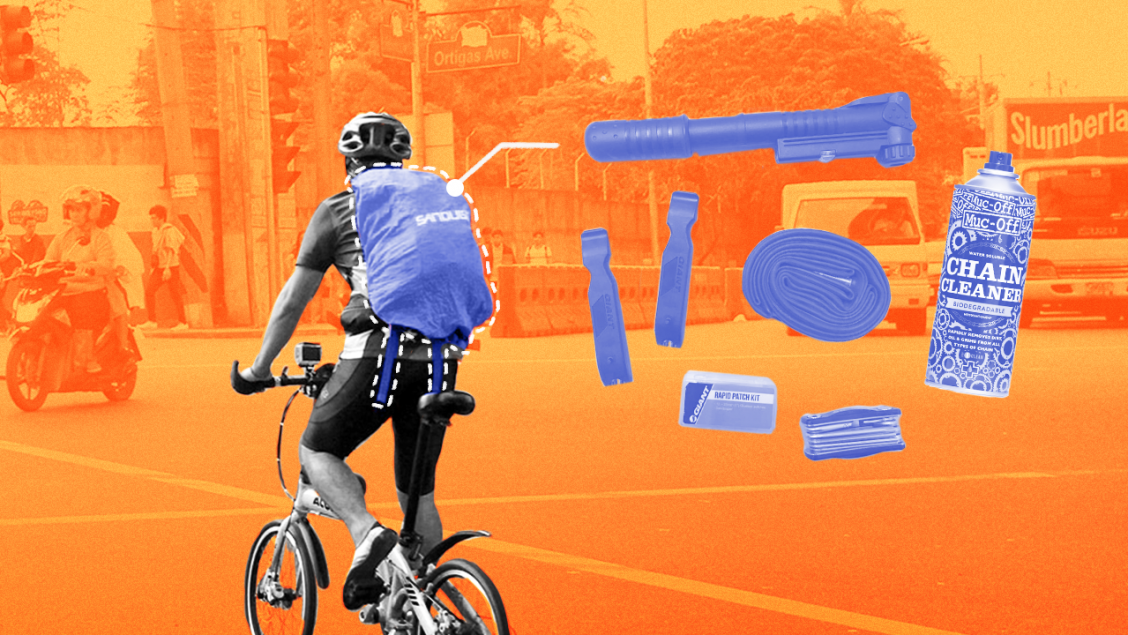
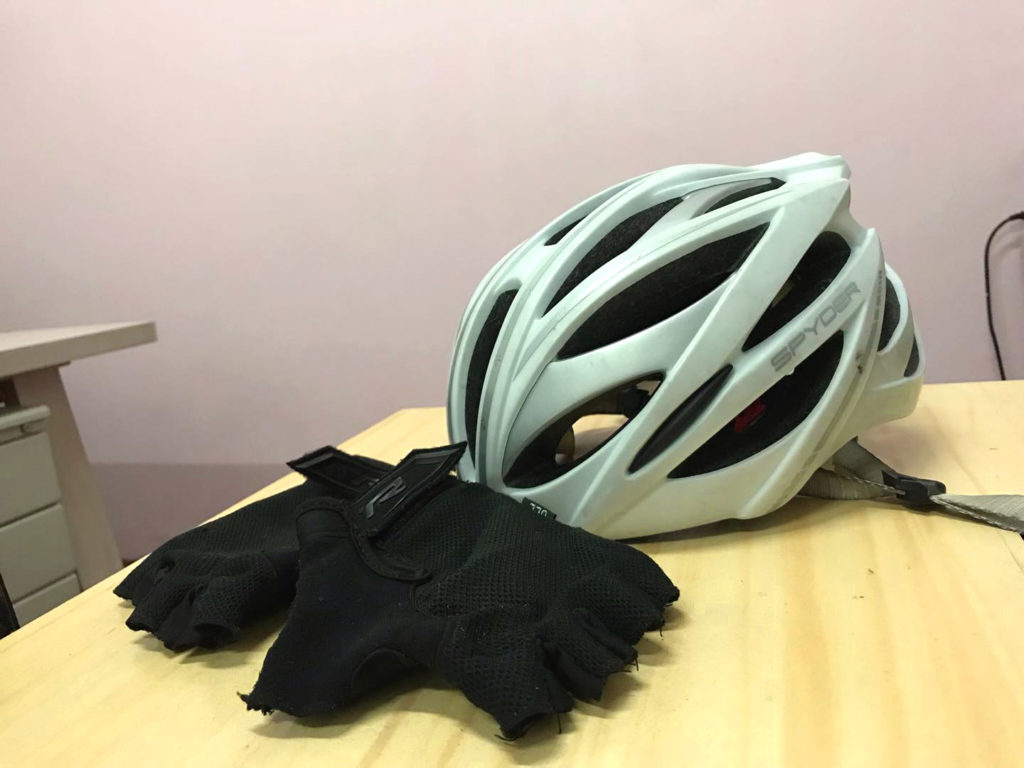 A
A 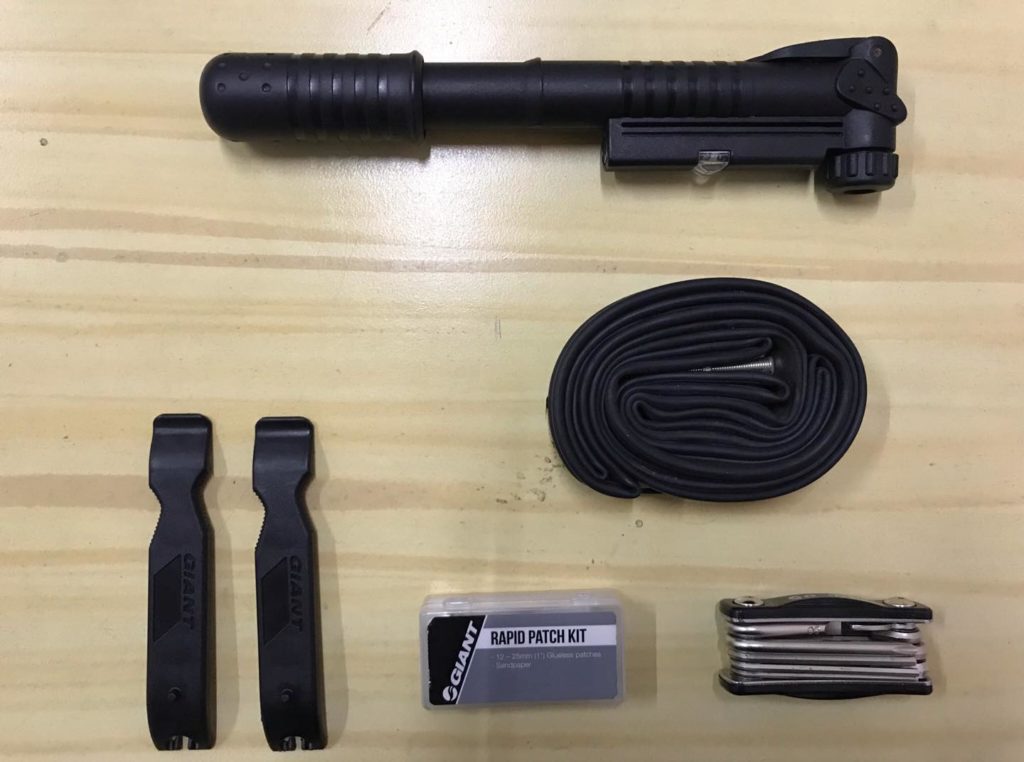 You never really think about a minipump until you get a puncture out on the road, at which point it can make the difference between being able to get back on your bike or hailing a taxi or tricycle to ride home in shame.
You never really think about a minipump until you get a puncture out on the road, at which point it can make the difference between being able to get back on your bike or hailing a taxi or tricycle to ride home in shame.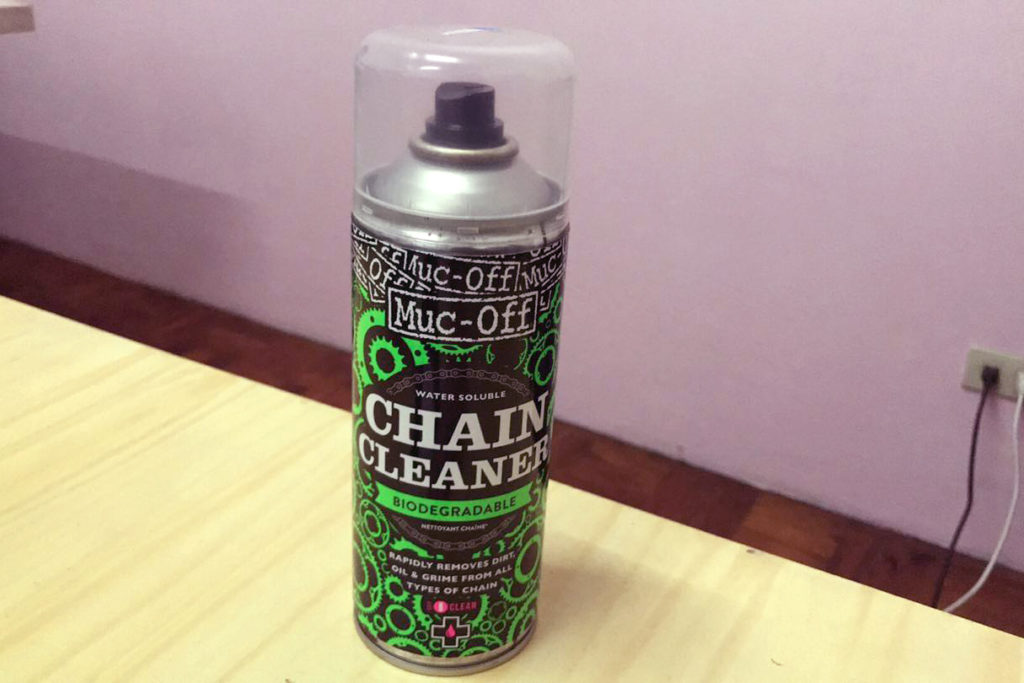 Sustainable bike commuting also means doing basic maintenance at home. At the very least this means washing your bike so a
Sustainable bike commuting also means doing basic maintenance at home. At the very least this means washing your bike so a 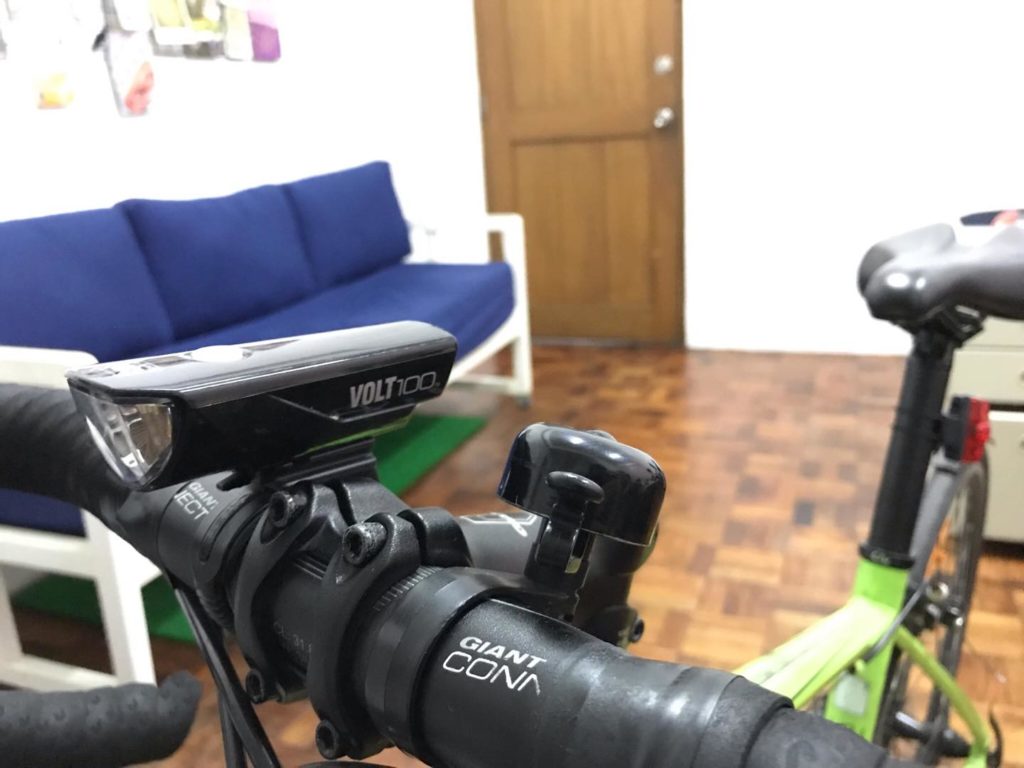 There is also the matter of safety equipment for the bike, and the most important item on this list is
There is also the matter of safety equipment for the bike, and the most important item on this list is 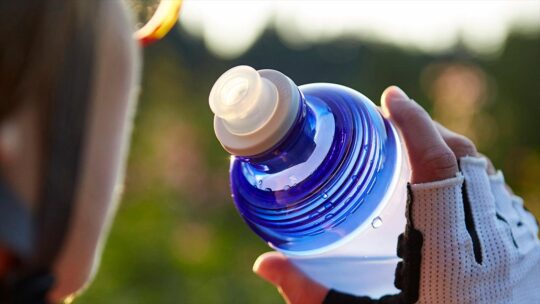
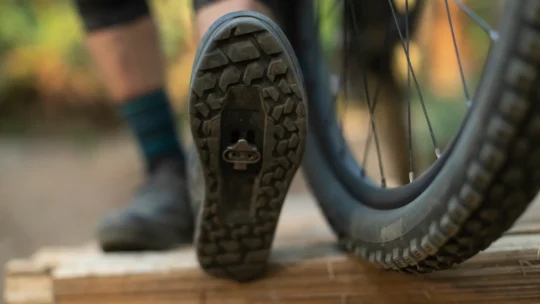
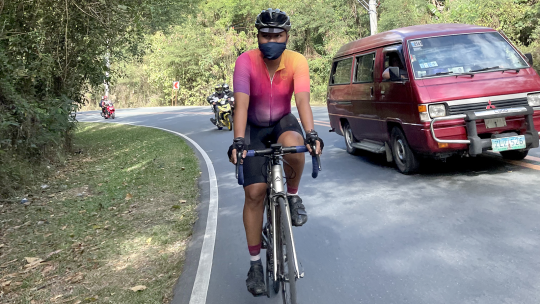

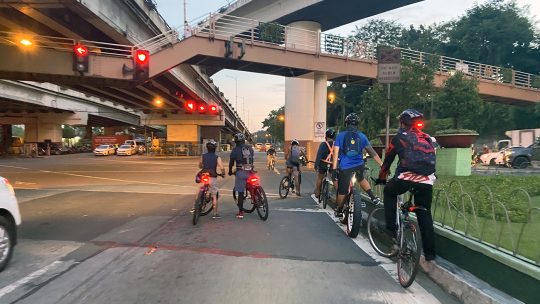
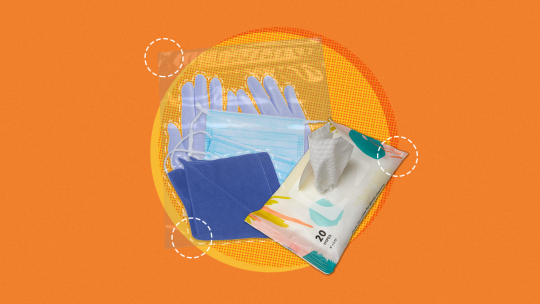
Leave a Comment